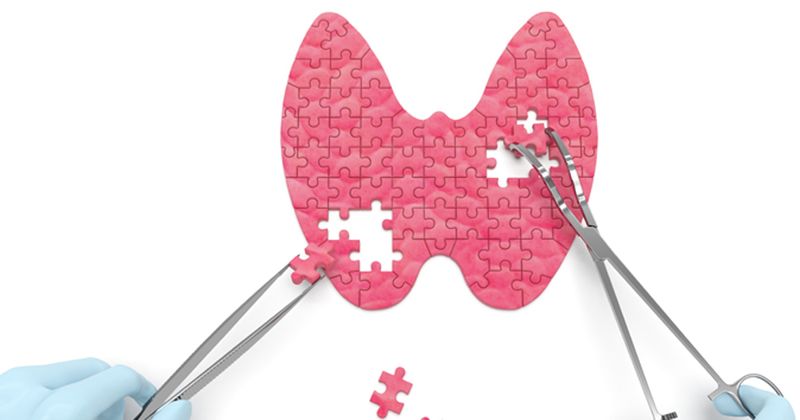Fracture rates decline for adults who undergo surgery for hyperparathyroidism
Key takeaways:
- Rates of any fracture are higher for adults with hyperparathyroidism before surgery vs. healthy controls.
- Adults with a higher 24-hour urine calcium at baseline have a reduced fracture incidence after surgery.
Adults who undergo surgery to treat hyperparathyroidism have similar rates of fracture after surgery as healthy controls, according to data published in The Journal of Clinical Endocrinology & Metabolism.
“Patients with primary hyperparathyroidism have higher fracture incidence before surgery compared to normal subjects,” Martin Nilsson, MD, a research student in the department of clinical sciences at Lund University and the department of surgery at Skåne University Hospital in Lund, Sweden, told Healio. “We found no predictors were associated with fracture incidence preoperatively, but increased 24-hour urine calcium at baseline was strongly associated with reduced fracture incidence postoperatively and with bone mineral density recovery after primary hyperparathyroidism surgery, suggesting skeletal reversibility.”

Nilsson and colleagues analyzed data from 709 adults who underwent parathyroidectomy for primary hyperparathyroidism at Skåne University Hospital from 1989 to 2013. Parathyroid hormone and serum calcium were measured 6 weeks before surgery and annually for up to 5 years. Biochemical analysis was performed, and BMD measured before surgery and 1 year after surgery. A 2.77% or greater absolute increase in BMD from before surgery to 1 year after surgery was defined as a significant increase. Fractures were obtained from Sweden’s National Patient Register. Adults who underwent a parathyroidectomy were matched by sex, age and municipality with 2,112 control adults using data from Statistics Sweden. Data was cross-linked with the National Patient Register, the Swedish Prescribed Drug Register and the Swedish Cause of Death Register.
Before surgery, adults who had a parathyroidectomy had higher rates of any fracture (incidence rate ratio [IRR] = 1.5; 95% CI, 1.1-2), major osteoporotic fractures (IRR = 1.5; 95% CI, 1-2.2), upper extremity fractures (IRR = 2.5; 95% CI, 1.1-5.3) and pelvic fractures (IRR = 3.5; 95% CI, 1-13) than controls. After surgery, there were no differences in fracture rates between the two groups.
Adults with a higher 24-hour urine calcium level at baseline had a lower rate of fractures after a parathyroidectomy. When participants were divided into tertiles based on baseline 24-hour urine calcium, those in the highest tertile with a level of 220 mg per day or higher were less likely to have a fracture after surgery than adults in the lowest tertile (IRR = 0.29; 95% CI, 0.11-0.73).
Among adults who underwent surgery, 42.5% had a BMD improvement of 2.77% or more in the femoral neck, 51.7% had a significant BMD improvement in the lumbar spine and 22.8% had a significant BMD improvement in the distal radius. After adjusting for sex, age and time of surgery, higher total serum calcium and higher parathyroid hormone were associated with greater improvements in BMD at all three locations after surgery.
The proportion of women with hypercalciuria declined from 25.8% before surgery to 4.3% after surgery. No difference in hypercalciuria rates before and after surgery were observed for men. Adults with hypercalciuria before surgery were less likely to have a fracture after surgery (IRR = 0.27; 95% CI, 0.08-0.88).
Nilsson said the findings support offering surgery for adults with primary hyperparathyroidism and hypercalciuria.
“More randomized studies on treatment in mild primary hyperparathyroidism are needed to establish benefits from surgery and medical treatment,” Nilsson said. “Preferably fairly large studies, at least the size of the Scandinavian Investigation of Primary Hyperparathyroidism study (191 patients) and with a comparable follow-up time of 5 to 10 years to study fracture incidence.”
For more information:
Martin Nilsson, MD, can be reached at p_martin.nilsson@med.lu.se.

